I started working as an expedition guide onboard cruise ships two years ago, after COVID hit and remodeled our world. Before that, I was living on a beautiful island lost in the Indian Ocean, filling up my soul with wild encounters and wildife conservation projects, the island of La Réunion.
2500 km² of pure basalt, scarred by deep valleys and steep cliffs is what I was calling home.
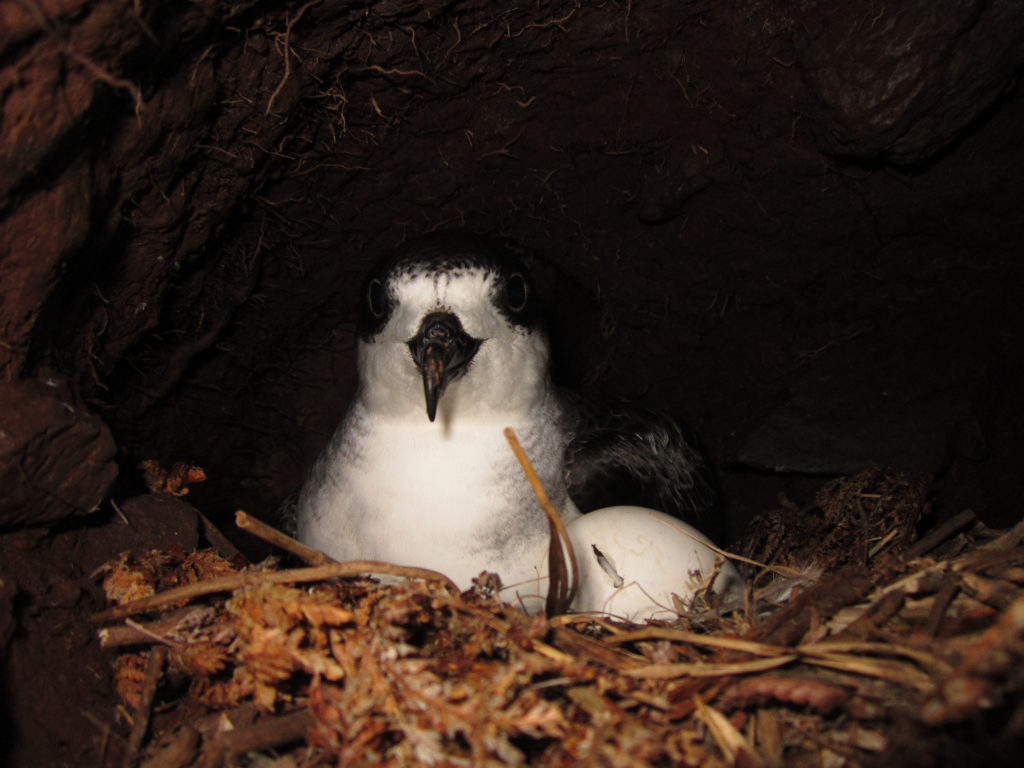
The island was harbouring the last colonies of two endangered petrel species (see photo : Barau’s petrel incubating its single egg in its underground nest). These birds were suffering from light pollution and predation from black rats and feral cats, even at the very top of the highest summits ! During the winter months, the island’s surrounding waters would transform into the birthing grounds of the majestic humpback whales. When the time arrived, every pair of eyes on land would start looking for them, spying on the sea surface to spot blows, tails, or fin slaps from afar. Their arrival would mark the start of the photo- identification and tagging campaigns.
These animals were scrupulously studied, because so much remained unknown about their migration routes back to the colder waters of the Southern Pole.
***Intense***
That is THE word I would very often use to describe my life on this island.
And I liked it that way.
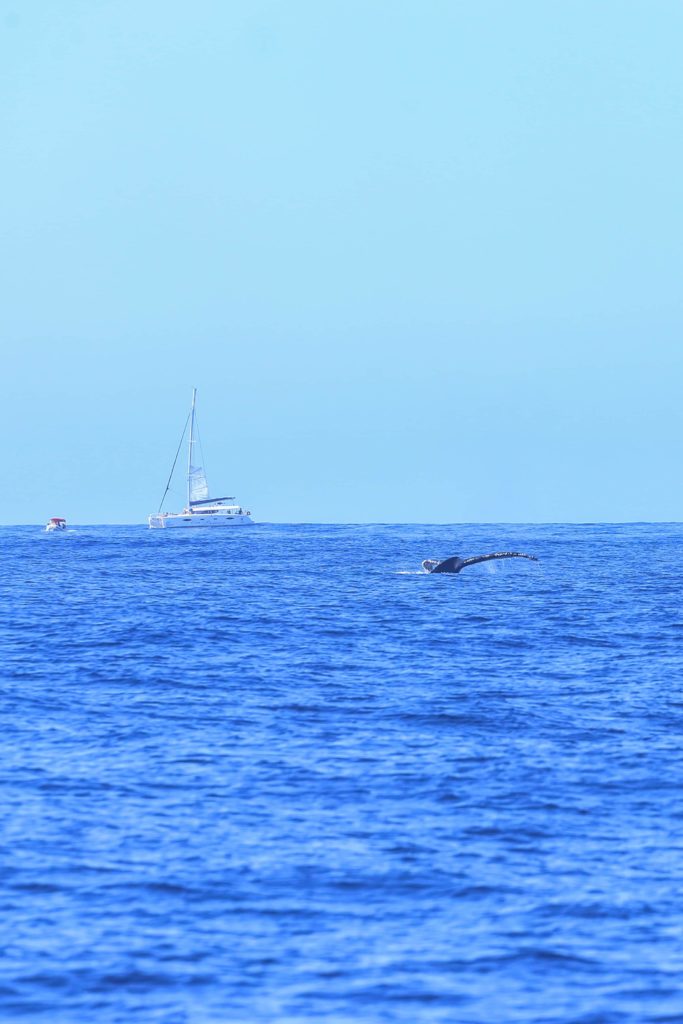
But I wanted more. More adventures. More discoveries. And when the opportunity came to set sail and explore more of the Indian Ocean, it didn’t take me long to jump in !
And two years later, here I am on an epic journey sailing accross untamed waters, binoculars around the neck, always on the look-out to point out any wildlife one wouldn’t want to miss ! Most of my days at sea are spent sharing my observations and educating passengers about the wild species we often come accross.
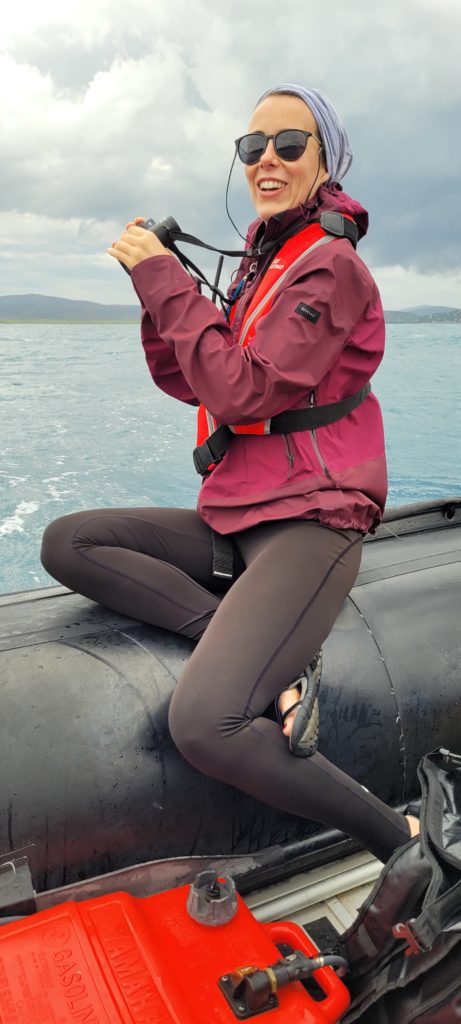
This is where my partnership with Zeiss comes into play. I needed binos which I could use for an extended time as the long hours of watch from the decks often require. As many observations are also made from our zodiacs, I was also looking for binos which would allow me to find and focus on targets quickly, on unstable ground. Lightweight and sharpness were the two main criteria I had in mind. Field testing the SFL 8*30 was thus a great occasion for me to experience high quality equipment and see if it could become part of my everyday expedition outfit !
The Mediterranean is where I had the chance to spend a few weeks of my summer this year. One day, as the sun was setting and the light conditions were low, I was on the outside decks on observation duty with my SFLs. This is the moment a group of three striped dolphins Stenella coeruleoalba chose to come and ride the bow wave of our ship. We know that this phenomenon existed in ancient times as scholars have pointed out that bow surfing by dolphins was already described by the Greeks. Yet, there is still a lot of mystery about why they do it : is it to receive a power boost to get to new hunting or socialising grounds ? Is it to optimize their chances of getting fish ? Or is it simply a playful behaviour ?
One thing for sure, it’s always fun for us to watch them surf and jostle to catch that extra push !
Another interesting stop during my Mediterranean trip was at the Orbetello coastal lagoon in Tuscany, which has a long history of traditional fishing. Sea bass, sea bream, gray mullet and eels, are being caught all year round.
Yet, the local fishermen with whom I spoke clearly voiced their displeasure about the local population of cormorants which they consider being competitors threatening the success of their fisheries. The kind of complaint that is too often heard unfortunatly. The maximum numbers of cormorants, which occur during December and January, seems to coincide with the migrations of marketable fishes to the sea. Yet, estimating real or perceived competition between cormorants and humans is never an easy task. It requires serious studies integrating not only economic factors but also social and cultural drivers.
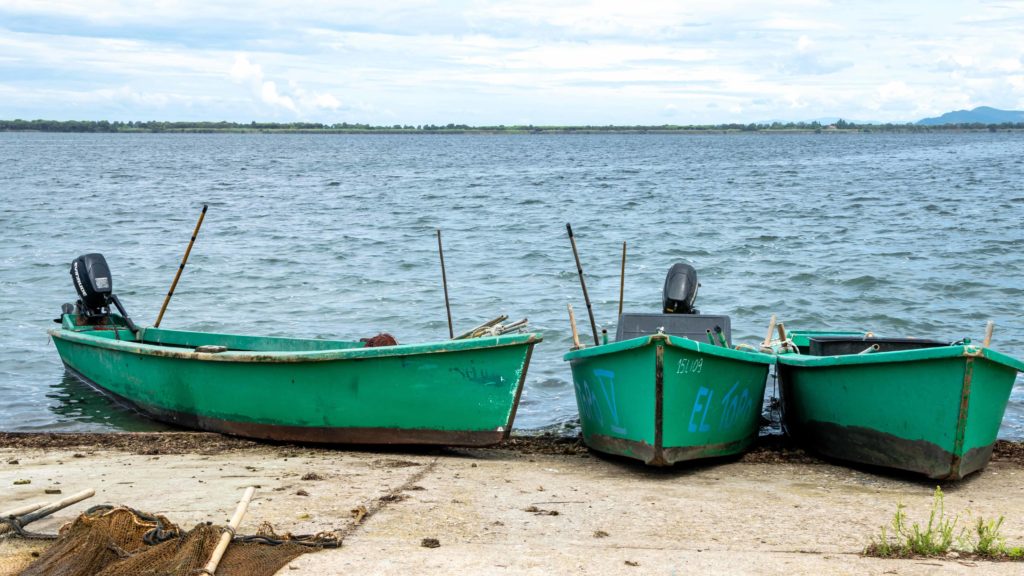
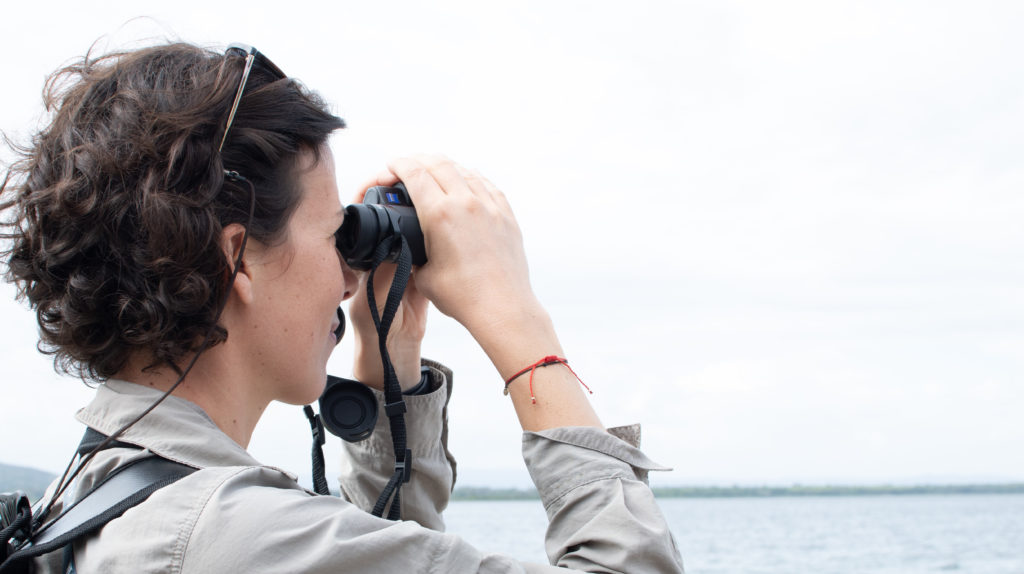
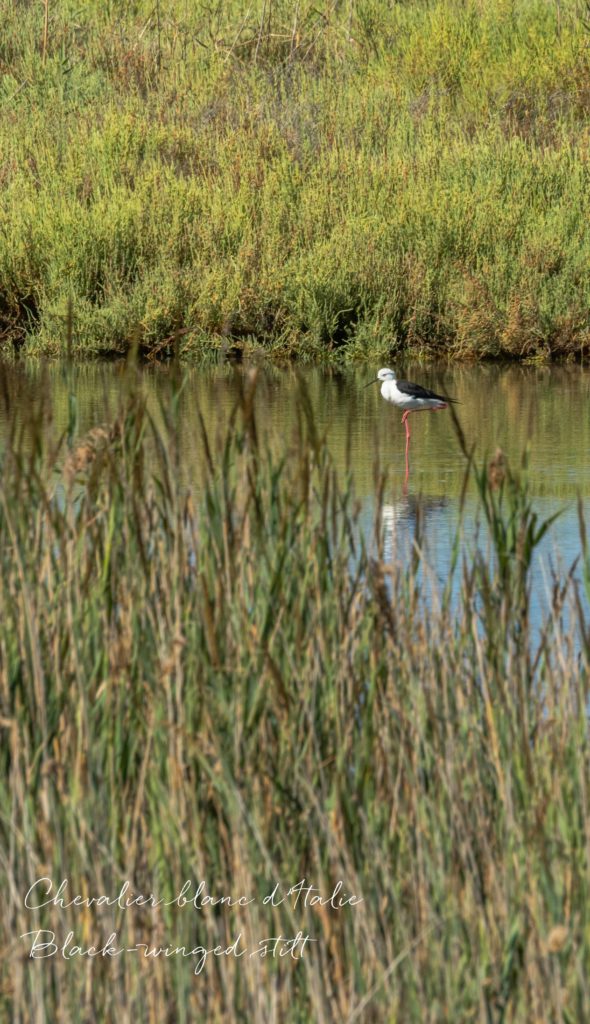
A bit further West in the same area, I had the chance to explore the WWF Oasis of the Orbetello lagoon, a protected wetland which covers 870 ha, home for over 250 species of migratory and resident birds. At that time of the year (August), birds are not that abundant but I made a few interesting sightings among which a black-winged stilt Himantopus himantopus still in its breeding plumage, resting. This stilt, known locally as the « Caveliere d’Italia » is the emblematic species of the reserve, whose conservation initiated its creation in 1971.
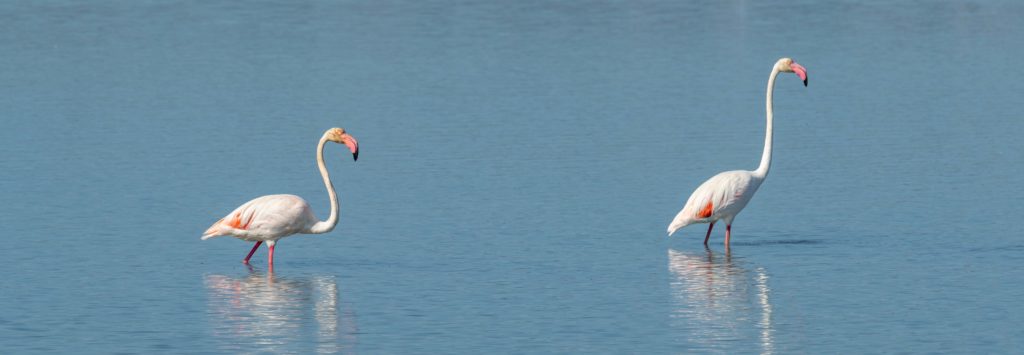
I also spotted a group of about 40 greater flamingos Phoenicopterus roseus, a popular resident species here, doing its typical stomping behaviour to get the food up to the surface of the water and feed. The immersive viewing experience offered by the SFLs was perfect for this kind of observation !
The end of my visit was marked by the observation of one of the two resident couples of reintroduced western ospreys Pandion haliaetus, nesting on a specially built artificial tower, which gave birth to two chicks this summer. Their nest, supervised by webcam all year long, provides the local conservationists with a lot a useful information regarding their ecology and management. The ospreys of Orbetello are part of a larger project aimed at reconstructing a viable population of ospreys in Tuscany which you can learn more about by clicking on this link => https://www.falcopescatore.it/ For sure, this stop along the Tyrrhenian sea was a fulfilling one !

Travelling more South to the Eolian islands, the bird and marine life gave way to more « mineral-like » kinds of observation in the form of…active volcanoes ! We sailed along the coastline of Lipari to reach the island of Vulcano. There, thanks to the easy focus of my SFLs, I spent long minutes observing the plumes of gas and steam escaping from the fumarollian field in the Fossa crater. Building on this momentum, we set sail to one of the most popular volcanoes of the Tyrrhenian sea : Stromboli. It greeted us with a few explosions and bombs that both crew and passengers where eager to watch through the SFLs !
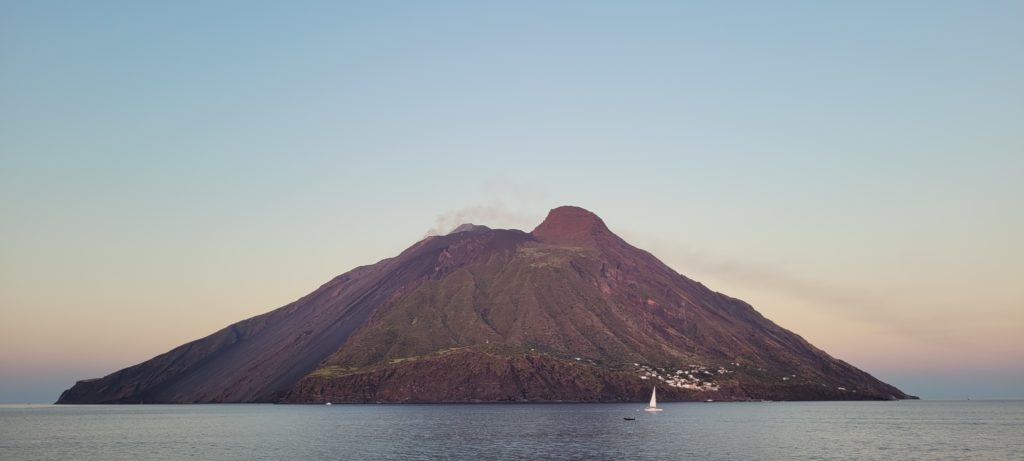
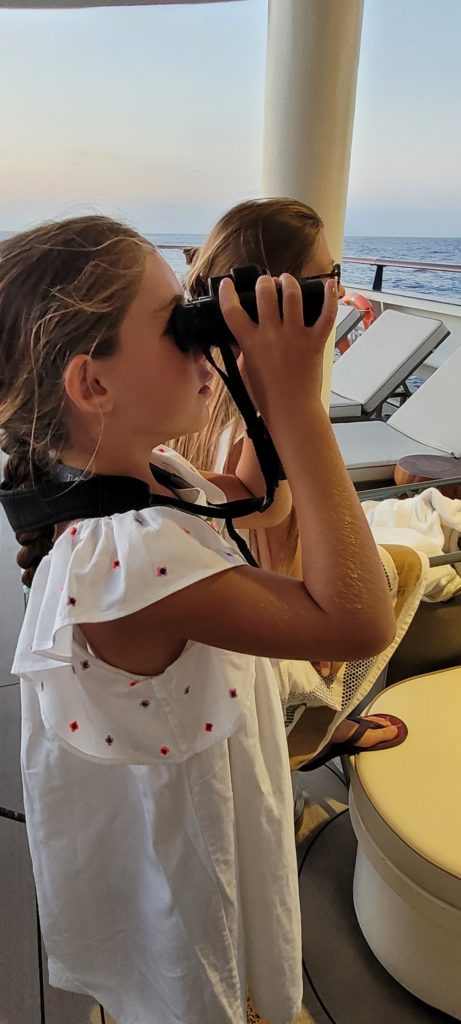
But my trip in the Mediterranean was also a great opportunity to provide our youngest passengers with reliable information about what they fear the most when taking a dip into the sea : jellyfish ! Thanks to a few observations I made underwater of the fried-egg jellyfish, Cotylorhiza tuberculata, a quite inoffensive and very common species here, we had a chat about the mysteries of these creatures which often have finny hitch- hikers hidden inside their bell (see pictures below)!
But my trip in the Mediterranean was also a great opportunity to provide our youngest passengers with reliable information about what they fear the most when taking a dip into the sea : jellyfish ! Thanks to a few observations I made underwater of the fried-egg jellyfish, Cotylorhiza tuberculata, a quite inoffensive and very common species here, we had a chat about the mysteries of these creatures which often have finny hitch- hikers hidden inside their bell (see pictures below)!


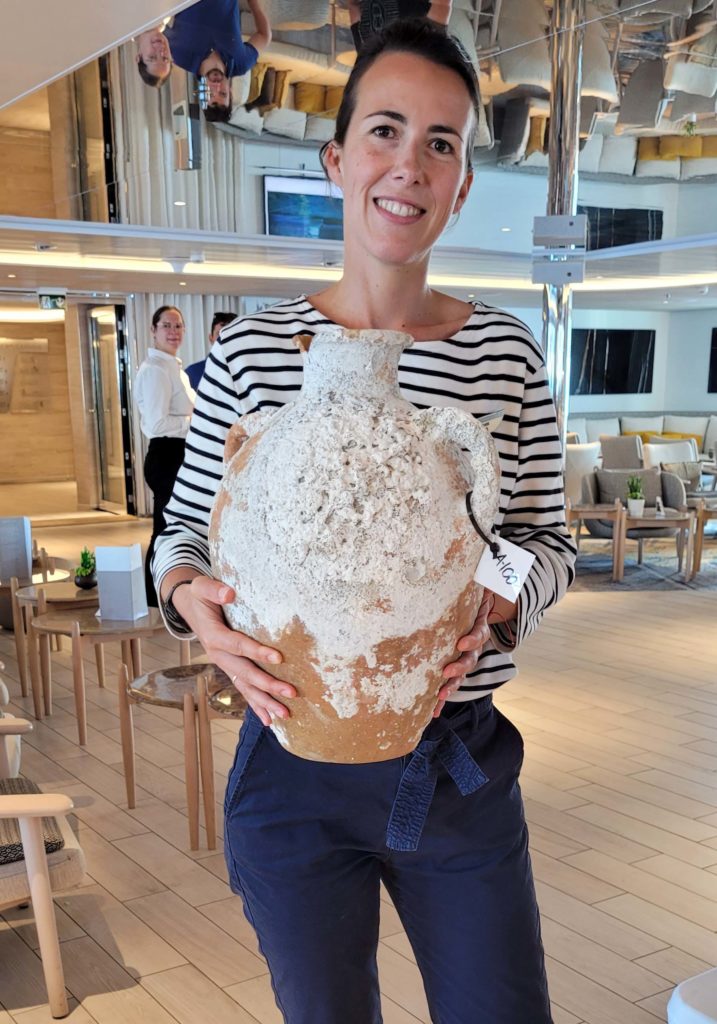
Discussing their holistic research approach bridging nature & culture and the study of legacy through their WreckLife project was a truly inspiring indoor break !
Now time to close this Mediterranean chapter. Hope you liked the read ! Stay tuned if you want to know where else I took my SFLs this summer and learn more about my wild adventures with the untamed !